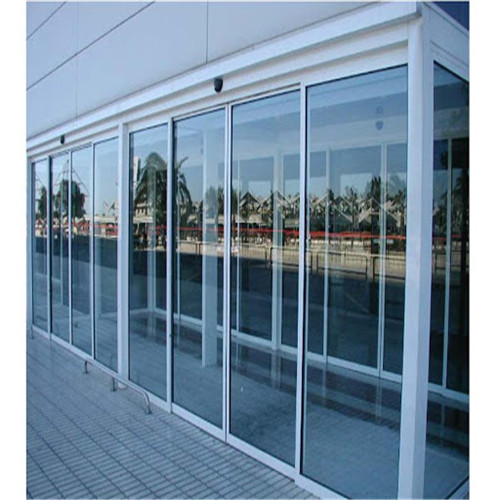How do automatic sliding door openers contribute to accessibility and comply with accessibility standards in public buildings?
The design and implementation of accessibility features in public spaces are pivotal for creating an inclusive environment that caters to individuals of all abilities. Automatic sliding door openers emerge as crucial elements in this endeavor, providing a seamless and accessible entry experience for everyone. This article explores how automatic sliding door openers contribute to accessibility and comply with established standards in public buildings.

1. Universal Design Principles:
Automatic sliding door openers epitomize universal design principles, ensuring that entrances are user-friendly for individuals with diverse abilities. This approach considers the needs of everyone, including those with mobility challenges, parents with strollers, and individuals with temporary injuries.
2. Independent Entry:
A fundamental contribution of automatic sliding door openers is facilitating independent entry for individuals with mobility impairments. By eliminating the need for physical effort to open heavy doors, these openers empower users to access public buildings autonomously.
3. Compliance with Accessibility Standards:
Public buildings are subject to stringent accessibility standards to ensure equitable access. Automatic sliding door openers are designed and installed in compliance with these standards, such as the Americans with Disabilities Act (ADA) in the United States, guaranteeing that entrances are accessible to individuals with disabilities.
4. Obstacle Detection and Safety Features:
Advanced automatic sliding door openers are equipped with obstacle detection sensors and safety features. These mechanisms prevent doors from closing on individuals in their path, enhancing safety and minimizing the risk of accidents in public spaces.
5. Adjustable Opening and Closing Speeds:
To accommodate individuals with varying mobility needs, automatic sliding door openers often feature adjustable opening and closing speeds. This customization ensures that users have sufficient time to enter or exit comfortably, promoting inclusivity.
6. Integration with Accessible Routes:
Automatic sliding doors are strategically placed to integrate seamlessly with accessible routes. This ensures a clear path of travel for individuals using mobility aids such as wheelchairs or walkers, aligning with accessibility standards.
7. Touchless Operation:
In response to evolving health considerations, many modern automatic sliding door openers offer touchless operation. This feature is particularly relevant in the context of public health concerns, providing a hygienic and accessible entry solution.
8. Customization for Specific Needs:
Public buildings may cater to diverse user requirements. Automatic sliding door openers can be customized to meet specific needs, such as wider door openings, longer hold-open times, or integration with other access control systems.
9. Promoting Inclusivity in Commercial Spaces:
Beyond compliance with accessibility standards, automatic sliding door openers contribute to creating an inclusive and welcoming atmosphere in commercial spaces. They send a positive message about a business or institution's commitment to serving diverse clientele.
Conclusion:
Automatic sliding door openers play a crucial role in promoting accessibility in public buildings. By adhering to universal design principles, complying with accessibility standards, incorporating safety features, and offering customization options, these openers contribute to creating inclusive spaces for individuals of all abilities. As technology continues to advance, the integration of touchless operation further enhances accessibility, making public buildings more accommodating and welcoming for everyone.







